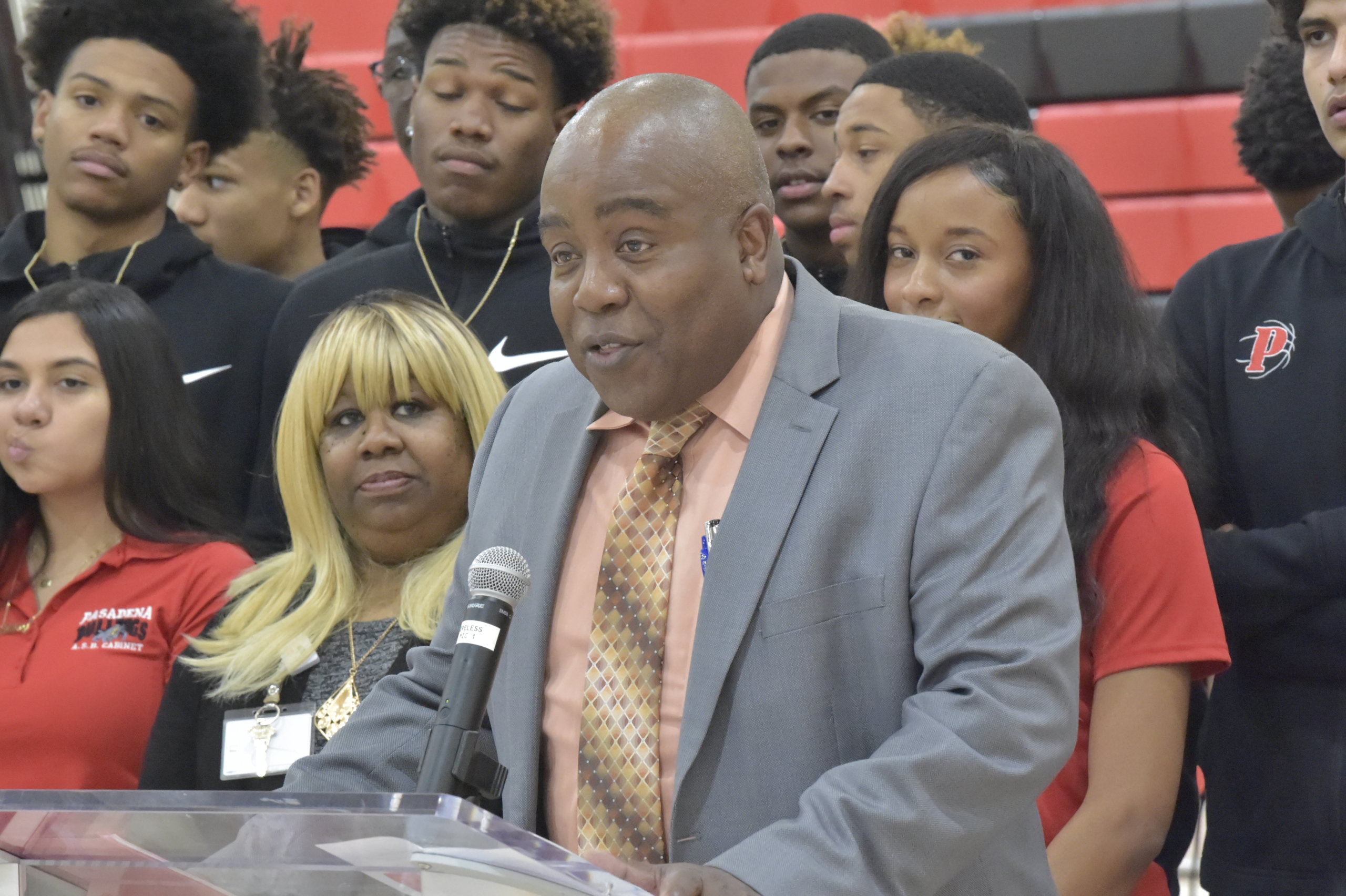
By Destiny Torres
Today, the United States accounts for the largest population of immigrants. So many different assumptions are placed on immigrants, especially those who travel from Mexico. In times like these, we must learn from the experiences of those who have immigrated to the U.S., instead of the false portrayals we may see in the media.
An example that never fails to cross my mind is Reyna Grande’s memoir, “The Distance Between Us.”
It is a book of heartbreak, hardship and triumph. Grande invites the reader into her childhood, adolescence, and adulthood. She describes in detail just what it is like to be a Mexican immigrant in the U.S.
Throughout her life, Grande’s family went through multiple separations. They endured physical and emotional borders that wore the family thin.
Grande experienced heartbreak first when her father left Mexico to pursue a better life for his family in the U.S. and again when her mother followed after. Leaving the children with their grandmother, Grande’s parents promised them a better life as soon as they made enough money in the U.S.
“It made me angry to hear those words: My husband needs me,” Grande writes. “As if her children didn’t need her as well.”
The series of broken promises from her parents left Grande and her siblings feeling alone and abandoned in Mexico. Grande describes this time as emotionally scarring, and that is evident in the way she writes.
When she was 9 years old, her dad separated Grande from her siblings and brought her to the U.S. where she faced a new challenge: assimilating to American culture. Learning a new language, finding her sense of community and also proving herself to her father were tough challenges for a 9-year-old girl.
On her first day of fifth grade, Grande was separated from her class to work with a teacher’s assistant who spoke Spanish. This is the first time of many that Grande is isolated.
“I wished I could understand what she was saying,” Grande said. “I wished I didn’t have to sit here in a corner and feel like an outsider in my own classroom.”
Besides that, Grande had to live with this father who she no longer knew. She writes that in coming to the U.S., her father had many demons that haunted him and turned him into a stranger.
“I didn’t know what it was about Papi that sometimes he could be nice, and other times, like when he was drinking, he would become a different person, one who yelled and hit.” Grande wrote.
She refers to a time when her older sister, Mago, didn’t go to school because she started her period for the first time. In an angry fury, Grande’s father returned home, removed his belt and hit her over and over without asking for an explanation. It’s one of the many times Grande describes these kinds of moments with her father. She recalls scenes from her life at home so candidly that I felt invasive for reading them.
Through all the hardships and devastation she describes in this novel, Grande grew up to be the first in her family to go to college. She became an award-winning novelist and continues to be an inspirational speaker.
“The Distance Between Us” is difficult to read at times. In some moments, the things Grande and her family went through for the hope of a better life in the U.S. were too much and I had to put the book down. But that is the naked truth about immigration. Being an immigrant is not easy and it should not be simplified in any form. Grande describes those complexities in her own words in a timeless book I’m sure you will enjoy.






